Oranges are by far one of the world’s favorite fruits, and with its delicious sweetness, there is little wonder why. The orange is man-made and is a cross between an early relative of the mandarin and a pomelo. It started as a fruit that grew in the wild and improved from there.
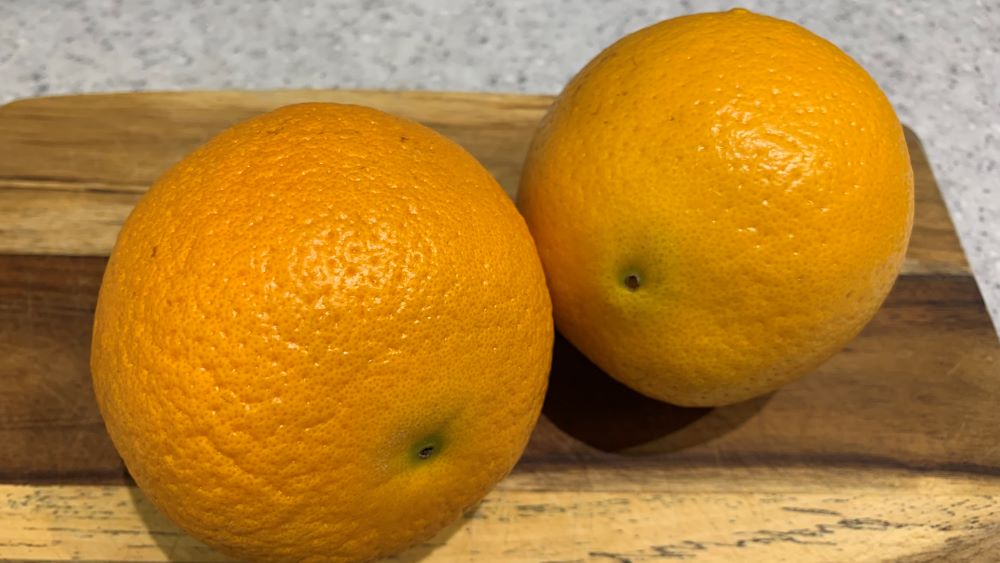
What Country Did Oranges Come From?
In the area now known as the southeastern part of China, the wild orange got its start. This fruit was nothing like the oranges of today. Instead, it was rather sour, very small, and mostly inedible.
The fruit was a nice orange color, which is very likely the only reason anyone paid attention to it. Eventually the early mandarin and pomelo were cross-bred and resulted in the tangy fruit we now call an orange.
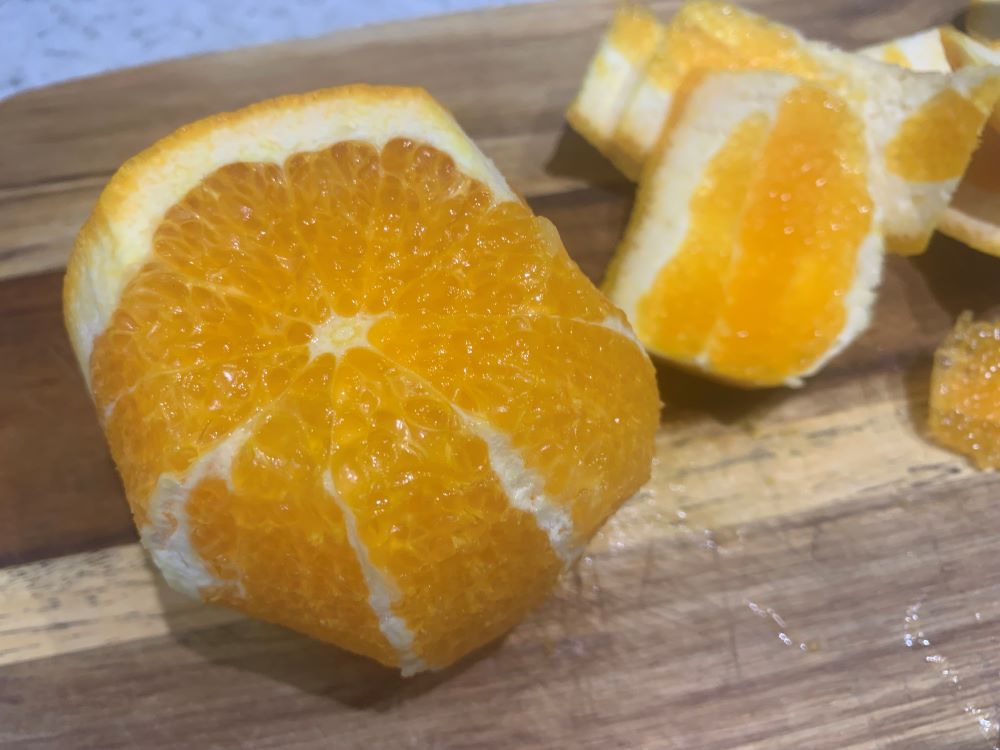
Since the orange was immediately popular, it started spreading to modern-day India, the Middle East, and Myanmar. The Moors picked it up next and even took oranges with them on the westward trek through Europe.
In Spain, the fruit was especially popular, probably as a result of the perfect climate there creating the sweetest varieties of oranges. In the Iberian Peninsula, the conquistadors found the orange was a perfect snack for sea voyages, due to its healthiness and long shelf life.
How Were Oranges Created?
Oranges got their start in southeast China. Sometime before 315 BC, the cross-breeding between the pomelo and mandarin occurred, likely through the efforts of Asian food scientists.
It is thought that two types were created at that time—a sweet version and a bitter version. Some tangerine-pomelo cross breeds were also invented, and instead of orange, they were actually green in color. Even today, in areas such as Vietnam and Thailand, “oranges” remain green in color through maturity.
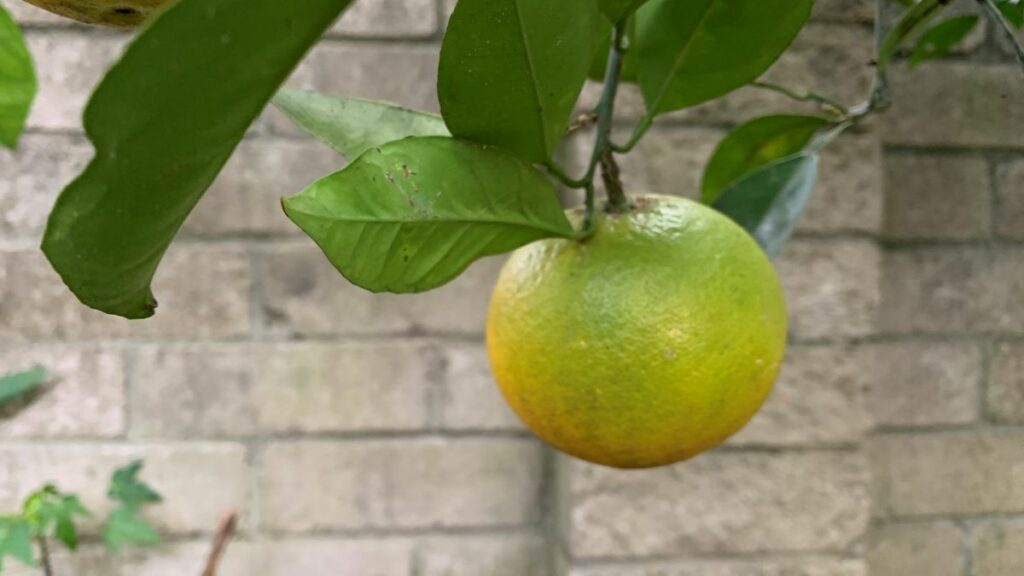
If you’re wondering how oranges came to America, it is believed that Christopher Columbus was the first person to bring oranges into the country. Before that, Ponce de Leon is credited for planting the first orange tree somewhere near St. Augustine, Florida.
Thanks to various Spanish expeditions, the orange made it from Europe to South America, then from Mexico to the west coast. Today, you’d be hard-pressed to find a place anywhere in the world that doesn’t have access to this delicious fruit.
Countries that Grow Oranges
Today, the 5 countries that grow the most oranges include:
- Brazil: 35.6 million tons per year
- United States; 15.7 million tons per year
- China: 14.4 million tons per year
- India: 10.8 million tons per year
- Mexico: 8.1 million tons per year
Rounding off the top 10 list is the country of Spain (3.4 million tons), Egypt (2.9 million tons), Turkey (1.8 million tons), South Africa (1.7 million tons), and Italy (1.5 million tons).
Brazil is not only the top producer of oranges, but the country also grows roughly 30% of the world’s total production of oranges. The United States produces roughly 10%.
Where Were Oranges First Grown Commercially?
There is written evidence of the orange being found in China around the year 315. Around the 8th century, herbalists were using sour oranges to make syrups for medicinal purposes.
It is thought that in the early 11th century, the sour orange began to spread and eventually reached areas such as Iraq, Palestine, Syria, North Africa, Egypt, and Spain, and then later reached Sardinia and Sicily, Italy.
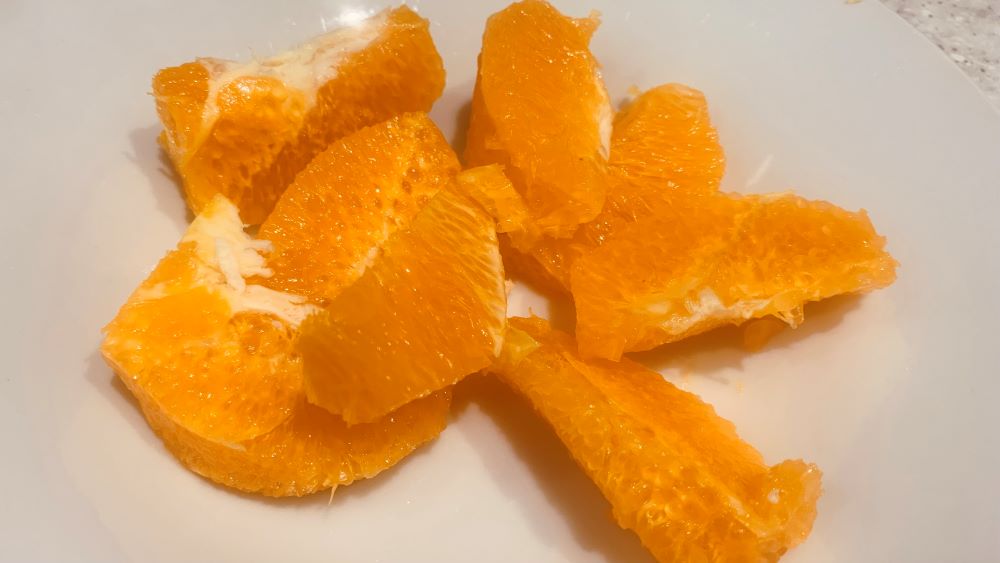
The seeds of sweet oranges were planted on Christopher Columbus’ second voyage in 1493 to Haiti. Spanish settlers made the fruit even more popular, and by the late 1550s, orange trees were growing in St. Augustine, Florida.
In the 1800s, oranges were still considered a delicacy in most parts of the world, but in the past few generations, the popularity of oranges has been so widespread that people eat them as snacks and with meals, and not just as a dessert or a special treat.
Oranges Have Been Around for 7000 years
It is thought that oranges have been around roughly 7,000 years. While most experts agree that they originated in south Asia, it is possible they originated in Vietnam or even the northern areas of the Indian subcontinent instead.
No one knows for sure, but Indian cooking and medicine have been using oranges for at least 7,000 years. This was when the Vedic Indians first mentioned wild oranges when putting their recipes into books and manuscripts.
Are Oranges Green or Orange?
While most people think of oranges as being orange in color, the fact is that in many parts of the world, oranges are green. The riper an orange becomes, the more it fills with chlorophyll, which turns the fruit green.
When it is exposed to cooler temperatures as it is maturing, the chlorophyll will die off, and the oranges become orange. In many areas of the world, oranges are actually green!
Best Orange Varieties to Grow at Home
If you’re considering planting oranges in pots or in the garden at home, you’re in luck because there are numerous varieties that will work. These include:
- Acid oranges, which have short shelf lives due to the small amount of acid
- Blood oranges, which have deep-red flesh
- Cara Cara oranges, which are also called red navel or pink navel
- Common oranges, such as Valencia and Hamlin
- Mandarin oranges, which are generally smaller than others
- Navel oranges, which do best in growing zones 9 and 10
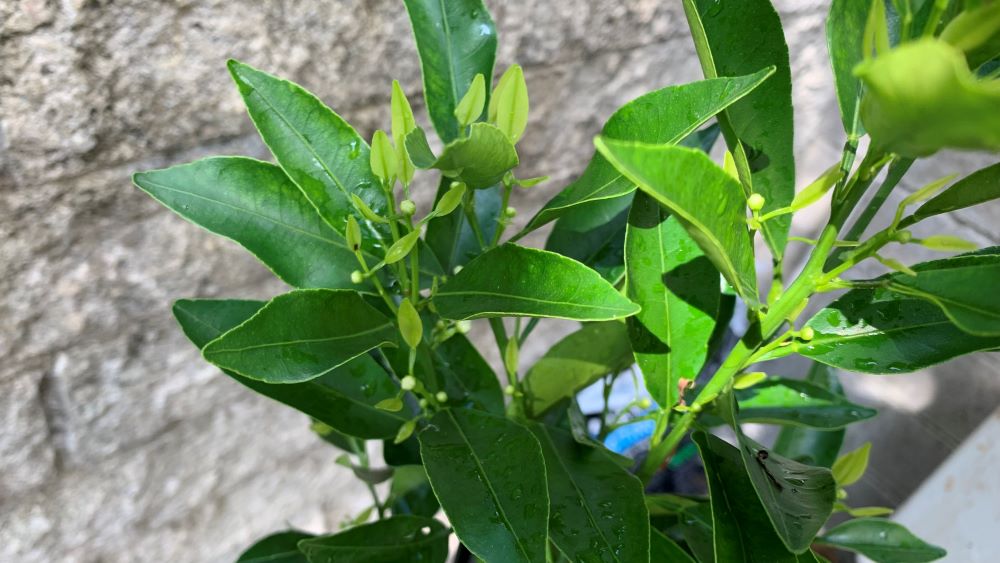
If you’re interested in the bitter orange varieties, try bergamot, trifoliate, or Seville oranges. All of these oranges are easy to grow, as are citrus fruits that are close to the orange, such as tangerines, tangelos, and satsumas.
Conclusion
Oranges are man-made and started as a hybrid of the mandarin and pomelo after starting out as a wild fruit that didn’t have much flavor. Since then, lots of varieties of oranges have been developed, and today, Brazil and the United States produce most of the oranges consumed worldwide.
I am an accredited practicing dietitian, experienced gardener and a dedicated cook. I love writing and sharing my experience so you can learn from my successes and mistakes.
